How to Do Well Control Training in Petroleum
Well control training is essential for anyone working in the oil and gas industry, particularly drilling personnel, engineers, and supervisors. It provides safety, prevents blowouts, and keeps operations at an effective level. Within this article, we talk about everything you need to know about well control training, ranging from different well control courses to why a well control simulator is crucial and how to obtain an IWCF certificate.
Understanding Well Control Training
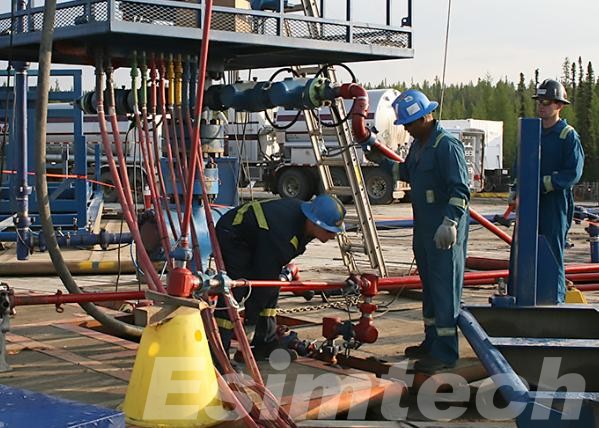
Well control training is a critical safety training intended to prevent and mitigate dangerous pressure surges (kicks) in drilling. In the oil and gas industry, a blowout is catastrophic and results in lives lost, equipment damaged, and loss of the environment due to uncontrolled wellbore pressure. Proper training enables drilling personnel to detect early warnings, execute emergency actions, and maintain well integrity.
A well control course will include:
- Kick Detection – Identification of abnormally changing pressures and fluid influx.
- Shut-In Procedures – Safely closing the well by utilizing blowout preventers (BOPs).
- Kill Methods – Re-establishing stability using well methods like the Wait & Weight method or Kill & Dump method.
- Pressure Management – Sustaining balance of formation pressure to prevent influxes.
Training follows globally accepted standards published by organizations like the International Well Control Forum (IWCF) and the International Association of Drilling Contractors (IADC). Employers require an IWCF certificate or equivalent in some cases.
New training programs combine classroom learning with simulation experience using a well control simulator, where students go through actual conditions in controlled environments. Regardless of your position as a driller, engineer, or supervisor, well control training is essential to operations safety, regulatory compliance, and professional growth in the petroleum industry.
Types of Well Control Courses
Well control training is not a one-size-fits-all program. Different oil and gas industry positions require various levels of proficiency, from foundational principles to advanced blowout control. In this section, we cover the most significant categories of well control courses, including basic training, IWCF and IADC certification schemes, and specialized advanced courses, to help you choose the most suitable path for your professional growth.
Basic Well Control Training
Basic well control training is a beginning for anyone who takes part in well servicing or drilling operations. The training programs are intended for roustabouts, new employees, floorhands, and other junior-level workers. The objective is to introduce basic well control principles and get participants familiarized with the early warning signs of a kick.
Some typical topics are:
- Principles of hydrostatics and pressure
- Introduction to blowout preventers (BOPs) and well control equipment
- Kick detection procedures and response processes
- Basic shut-in procedures
- Theory of well kill (introduction)
Most foundation courses include classroom instruction, case studies, and simulator drills. Issuance of a certificate upon course completion is possible, but the introductory course itself remains a stepping stone on the path towards internationally recognized certifications.
IWCF & IADC Certification Programs
As a person progresses in their career, certifications from recognized organizations like the International Well Control Forum (IWCF) and the International Association of Drilling Contractors (IADC) become important.
- IWCF Certification

IWCF offers a number of levels (Level 2 to Level 5), progressing from basic drilling operations (Level 2/3) through to sophisticated well intervention and subsea control (Level 5).
Course Composition
- Theory Modules: Detailed review of well control principles, kill plans, and dynamic well simulation.
- Practical Assessment: Live management of pressure decision‐making using a well control simulator.
- Examination Requirements: The candidates need to pass a written examination (short answer and multiple‐choice) and a practical simulation examination in order to gain the muchcoveted IWCF certificate.
- IADC Certification
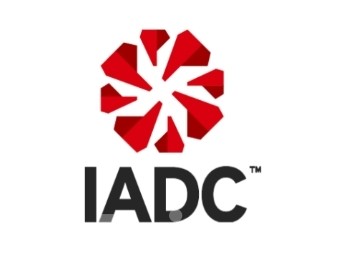
- Global Acceptance: Though IADC is most prominent in the Americas, its standards are international best practice, so the certificate is globally accepted.
- Program Levels: Similar to IWCF, IADC offers Basic Well Control, Intermediate Well Control, and WellCAP Advanced Well Control.
- Training Emphasis: Emphasizes regulation compliance, equipment inspection procedures, and emergency response planning.
- Certification Process: Involves satisfactory passing of both theory tests and simulator‐based practicals.
Wild Well Control Classes
Wild well control classes offer scenario-driven, high-intensity training for emergency blowout response teams. Using high-fidelity well control simulators, students practice complex kill techniques such as bullheading, dynamic kill, and snubbing operations during intense kick and blowout scenarios. The accelerated classes demand rapid decision-making in simulated emergencies with an emphasis on synchronized emergency planning and equipment deployment. Designed for IWCF or IADC-certified professionals, wild well control courses extend crisis management skills and boost confidence in handling even the most severe well-control emergencies. Passing the course demonstrates preparedness for high-pressure intervention jobs.
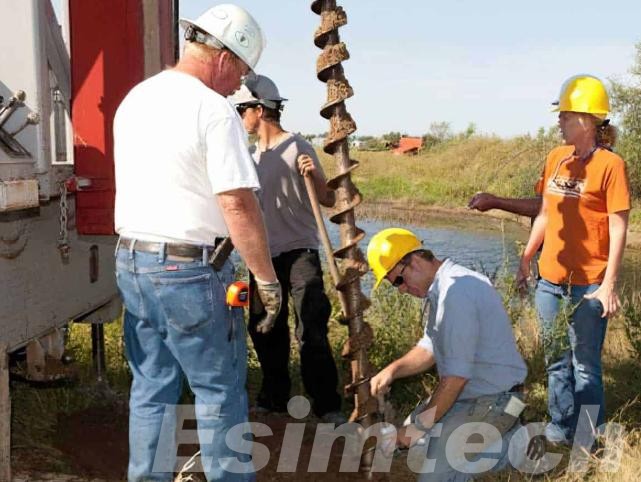
The Role of Well Control Simulators
Well control simulators are a vital tool in current well control instruction by filling the gap between classroom theory and field application. These sophisticated training tools model live drilling conditions, enabling participants to practice and respond to simulated well control events in a safe and controlled environment.
- Simulators are used in fundamental and sophisticated well control training courses, providing students with actual experience in detecting kicks, performing shut-in operations, conducting well kill operations. Students interact with realistic control stations, pressure levels, and wellbore situations that respond dynamically to their actions—just as it would respond on an actual rig.
- For those who want to obtain IWCF certificates or be qualified by IADC, clearing the practical test on a simulator is usually a mandatory part of certification. This ensures that the applicants don’t merely understand theoretical concepts but are also capable of performing under real-time constraints and operational pressures.
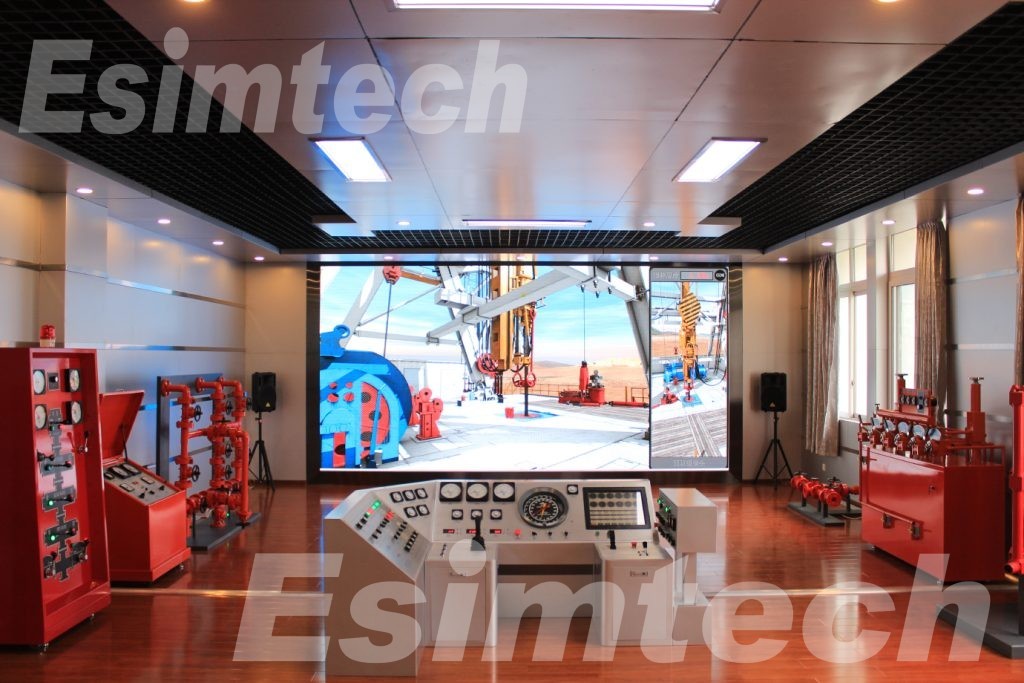
- Simulators are especially worth their weight in gold in free-wheeling well control classes, where actual crisis management scenarios at high risk are modeled in detail. The students learn to manage complex blowouts, equipment failure, and unexpected fluid influxes—all without the hazard of actual operations.
- By providing a risk-free, high-fidelity environment, well control simulators significantly enhance learning retention and decision-making confidence. They prepare operators to respond in high-stress situations, finally resulting in improved safety and performance in real field operations.
Simulator-based training within today’s petroleum industry is no longer an add-on but an integral part of successful and comprehensive well control training.
Steps to Complete Well Control Training
Completing well control training is a step-by-step process that marries theory and practice. Either you want a basic level or higher IWCF certificate, following the right steps ensures that you are properly prepared to meet the challenges of wellsite operations.
1. Determine Your Training Level
Start by assessing your level of job and experience. Newly joined staff tend to begin with basic well control training, while experienced people—e.g., supervisors, drillers, or engineers—ought to join IWCF or IADC certification schemes. Specialized roles may also enjoy wild well control courses in emergency response.
2. Choose an Accredited Training Provider
Enroll in a certified training organization that offers IWCF or IADC-approved courses. Make sure the provider has access to a well control simulator, which is essential for practical training and certification purposes.
3. Finish the Course and Engage Fully
Participate in class sessions and simulation training actively. The important topics covered under training include pressure control, kick detection, shut-in methods, and well kill operations. The theory is reinforced by simulators replicating actual well control scenarios.
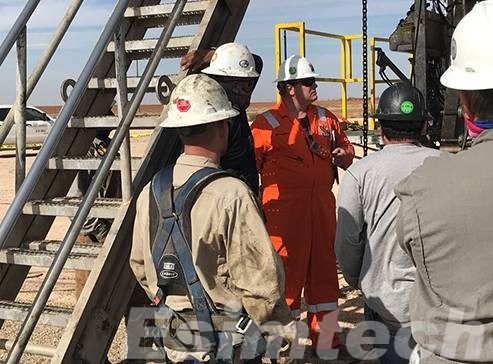
4. Take the Required Exams
Both IWCF and IADC certifications require passing written tests and practical exams. The written portion assesses your knowledge of well control principles, while the simulator-based exam tests your ability to respond effectively under pressure.
5. Receive Your Certification
Upon successful completion, you’ll receive an IWCF certificate or IADC card, depending on the program. These are valid for a set period—usually two years—after which refresher training is required.
6. Stay Updated with Refresher Courses
Well control standards and technologies evolve, so it’s important to stay current. Regular refresher courses, especially those involving well control simulators, help maintain your readiness and compliance with industry regulations.
In a word, Precision well control training is imperative to oil operations’ productivity and safety. Whether starting with an introductory well control course or aiming for an IWCF certification, practice with a well control simulator maximizes readiness. For adverse conditions, wild well control courses provide advanced training. Invest in quality training for compliance, risk minimization, and career advancement in the oil and gas industry.
